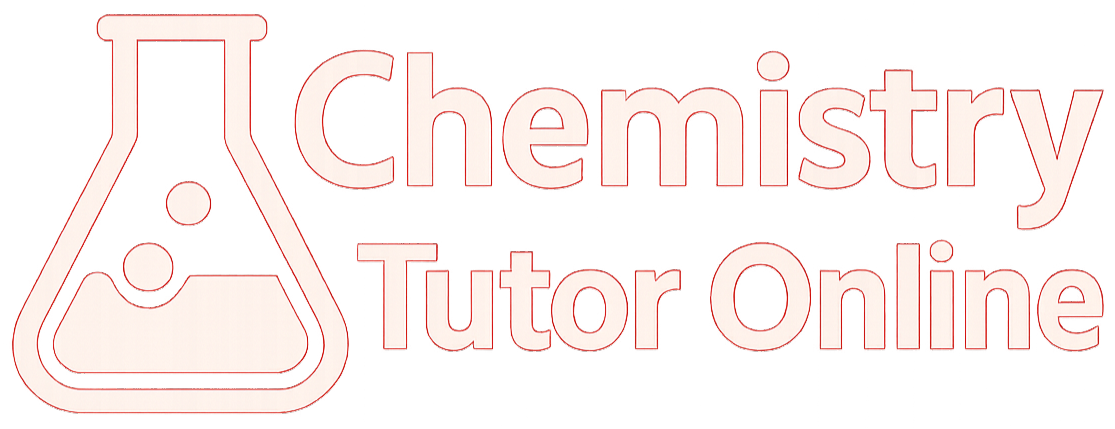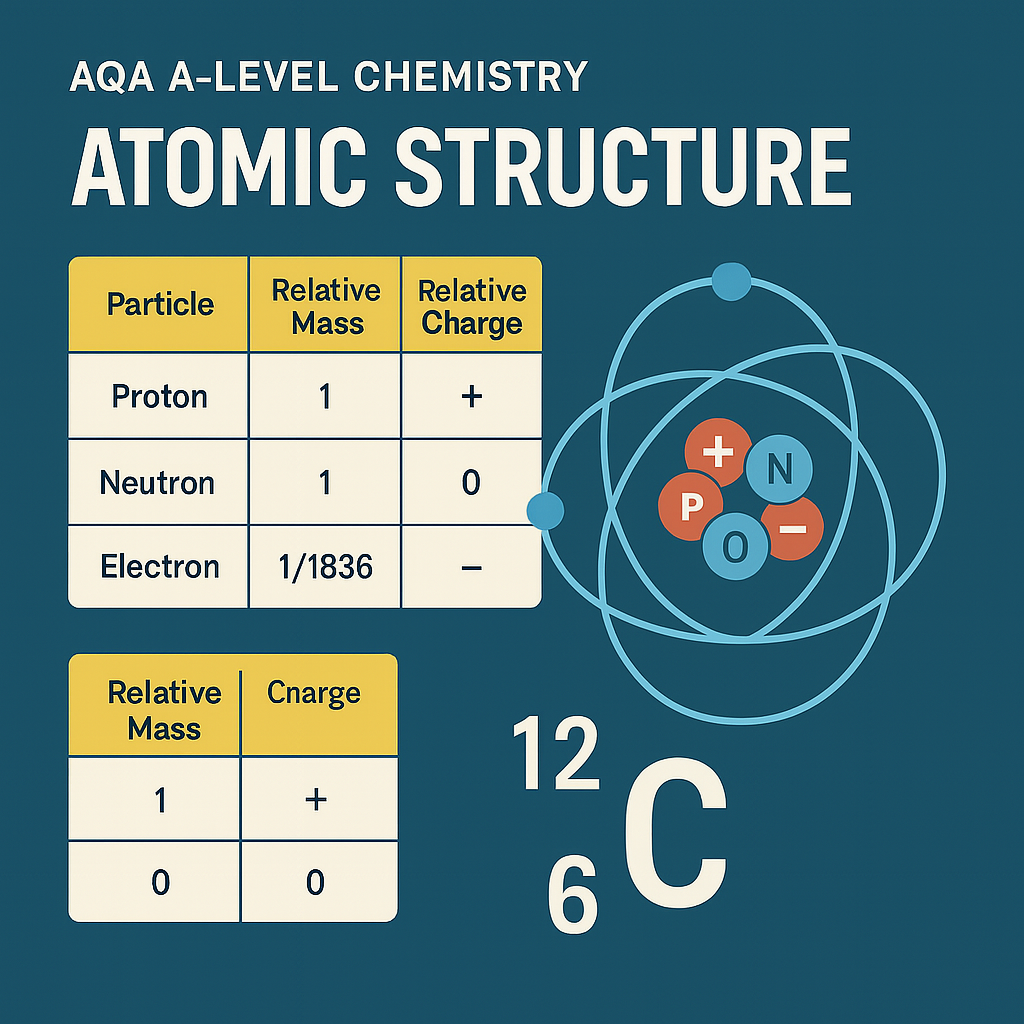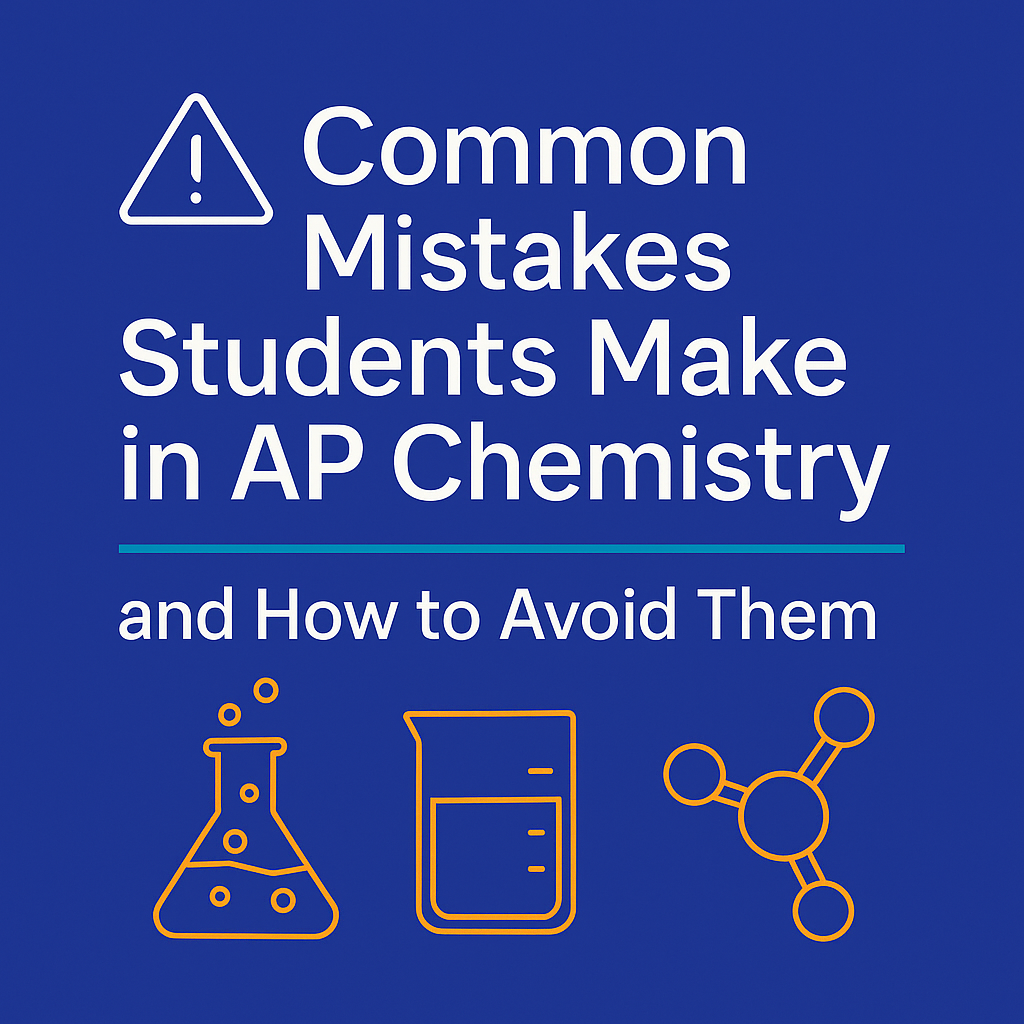How to Approach the IB Chemistry Internal Assessment in 2025
It might seem overwhelming at first, but by breaking it into steps and starting early, you can turn it into a rewarding and high-scoring part of your IB Chemistry journey.
How to Approach the IB Chemistry Internal Assessment in 2025
The Internal Assessment (IA) in IB Chemistry is a unique opportunity for students to explore a topic of personal interest while developing essential skills in scientific investigation, data analysis, and evaluation. In 2025, the IA continues to play a critical role in the final IB Chemistry grade, contributing 20% at both Standard Level (SL) and Higher Level (HL). Yet many students find it daunting. This guide breaks down how to approach the IA strategically—step by step—to make it manageable, meaningful, and even enjoyable.
What Is the IB Chemistry Internal Assessment?
The IA is a 6–12 page individual investigation where you design, conduct, and evaluate a scientific experiment based on your own research question. It assesses your ability to apply scientific thinking, collect and process data, draw conclusions, and reflect on the process. The 2025 IB Chemistry specification continues to value independence, curiosity, and a connection to real-world science.
You are expected to:
Choose a research question
Plan and carry out an experiment
Collect, process, and analyse data
Evaluate your methods and findings
Communicate your investigation clearly and concisely
This is not just a traditional lab report—it’s a demonstration of how you can think and work like a scientist. Your understanding of the Nature of Science, as outlined in the 2025 curriculum, should underpin your approach.
How Is the IA Assessed in 2025?
The IA is assessed using five key criteria:
Personal Engagement (PE) – 2 marks
Are you genuinely invested in the topic? Does the work show independence and initiative?Exploration (EX) – 6 marks
Is the research question focused and feasible? Is the methodology well-designed, ethical, and safe?Analysis (AN) – 6 marks
Is your data processed thoroughly and appropriately? Are patterns, uncertainties, and errors evaluated?Evaluation (EV) – 6 marks
Have you identified strengths and weaknesses? Are your conclusions well-supported?Communication (CO) – 4 marks
Is your report well structured, clearly written, and scientifically accurate?
The maximum score is 24, and your final IA grade is scaled accordingly.
Step 1: Choosing the Right Topic
Start by identifying an area of chemistry that interests you—this could be physical, organic, or inorganic. Think about:
Real-world relevance (e.g. food chemistry, sustainability, green chemistry, materials, environmental science)
Topics covered in the IB syllabus (e.g. acids and bases, kinetics, redox)
Feasibility of testing in a school lab
Your personal interest or connection to the topic
Importantly, you should also think about how your idea links to one or more of the four overarching themes of the 2025 syllabus: Structure, Reactivity, Energy, and Identity. While not required, these connections can enhance the depth and relevance of your investigation.
Avoid overly complex ideas or ones with safety concerns. You don’t need a “wow factor”—you need a well-controlled, clearly reasoned investigation.
Examples of good IA topics:
Investigating the effect of temperature on the rate of hydrolysis of aspirin
How concentration affects the voltage in a voltaic cell
Comparing the buffering capacity of different sports drinks
Determining vitamin C content in fruit juices over time
Choose something narrow enough to investigate in depth, but broad enough to provide meaningful analysis.
Step 2: Writing a Focused Research Question
Your research question should be:
Clear and focused
Testable and measurable
Aligned with your experimental design
Not too vague or too broad
Examples:
❌ Too vague: What factors affect the rate of a chemical reaction?
✅ Better: How does temperature affect the rate of reaction between hydrochloric acid and magnesium ribbon, measured by the volume of hydrogen gas evolved?
Tips for writing a great research question:
Use variables: “How does [independent variable] affect [dependent variable]?”
Include the chemical system and measurement method
Avoid yes/no questions or descriptive titles
Step 3: Designing a Safe, Ethical, and Controlled Experiment
Before you dive in, plan your methodology carefully:
Identify your independent, dependent, and control variables
Write a clear list of materials and steps
Consider ethical, environmental, and safety issues (a renewed focus in 2025)
Ensure your method allows for quantitative data collection
Your design should be repeatable, with sufficient trials and a clear plan for how you’ll measure and record results. You need enough data to process statistically, ideally with five or more data points.
Common mistakes to avoid:
Choosing a method that’s too simple or observational
Using equipment you don’t have access to
Not controlling other variables (e.g. temperature, pH, timing)
Measuring subjective outcomes (e.g. colour change by eye)
Step 4: Personal Engagement—Own Your Investigation
The IA isn’t just about the experiment—it’s about you. Show your personal interest, initiative, and independent thinking. This could be reflected in:
A topic connected to your hobbies, heritage, or curiosity
Designing an innovative method or tweaking a standard procedure
Reflecting on your challenges, changes, or new skills learned
You can also show engagement by connecting your investigation to the Nature of Science—such as the role of uncertainty, models, ethics, or collaboration in real chemistry research. These links demonstrate a mature, reflective approach.
Step 5: Conducting the Experiment Carefully
When carrying out your experiment:
Record raw data meticulously, including units and uncertainties
Repeat your trials to improve reliability
Take notes of any anomalies or issues as they occur
Ensure you use appropriate precision based on your instruments
Use a lab notebook or digital document to log your work in real time. This helps with accuracy and transparency.
Step 6: Processing and Presenting the Data
Once the data is collected, analyse it properly:
Calculate means, rates, or other derived values
Include uncertainties and percentage errors
Use graphs with correctly labelled axes, units, and titles
Apply a trendline and calculate the gradient where relevant
If you’re using software like Excel, make sure the output is clear and correctly formatted. Show sample calculations and clearly explain any formulas used.
Step 7: Analysis—What Does the Data Show?
Now you must interpret your data. Ask:
Are there any trends or patterns?
Do the results support your hypothesis?
Are there anomalies? What might explain them?
How reliable are your findings?
Use chemistry terminology and link your discussion to chemical theory. Support every claim with evidence from your data or relevant scientific principles.
Step 8: Evaluation—Be Honest and Critical
In this section, reflect on your entire investigation:
What went well?
What were the limitations?
How could you improve the design?
Were there any sources of error? (e.g. instrumental error, human error)
Avoid generic statements like “it was human error” or “we didn’t have enough time.” Be specific and realistic. Propose practical improvements—not just theoretical ones.
Example:
❌ Vague: “We should use better equipment next time.”
✅ Better: “Using a colorimeter instead of visual observation would reduce subjectivity and improve precision in measuring concentration changes.”
Also reflect on ethical or environmental considerations (e.g. use of hazardous chemicals or waste disposal), especially in light of the IB’s increasing emphasis on global and scientific responsibility.
Step 9: Writing the Report
Your IA should be between 6 and 12 pages. Structure it clearly:
Title page (title and research question)
Introduction (background, rationale, hypothesis)
Methodology (materials, method, control of variables, ethical/safety)
Results (raw data table, processed data, graphs)
Analysis (discussion of trends, interpretation)
Evaluation (limitations, improvements)
Conclusion (summary of findings, answer to the question)
References and appendices (if needed)
Keep formatting consistent. Use scientific notation and correct units. Avoid informal language, overly long explanations, or irrelevant information.
Step 10: Reviewing and Polishing
Before submitting:
Double-check that your research question is stated clearly
Check for grammar, punctuation, and clarity
Verify that all graphs and tables are labelled
Ensure calculations are shown and explained
Make sure each assessment criterion is addressed
Ask a teacher, peer, or tutor to read your draft with the assessment rubric in mind. Minor improvements can make a big difference to your final grade.
How a Tutor Can Help with the IB Chemistry IA
Writing a successful IA is challenging—especially when juggling six subjects, EE, CAS, and final exams. A tutor can help you:
Brainstorm and refine your research question
Review methodology for feasibility, ethics, and control
Teach data processing techniques (uncertainties, graphing, statistics)
Improve your scientific writing and analysis
Provide constructive feedback based on the IB rubric
They can’t write it for you—but they can help you write it better.
Common Pitfalls to Avoid
Leaving it too late—start early!
Choosing a topic that’s too ambitious or impractical
Ignoring the rubric or misinterpreting criteria
Using a copied or unoriginal idea
Failing to reflect honestly in the evaluation
Timeline for IA Success
Here’s a suggested timeline for students completing their IA from 2025:
| Month | Task |
|---|---|
| Feb–Apr | Brainstorm topic ideas, review syllabus areas |
| May | Finalise research question with teacher approval |
| Jun | Write method, do risk assessment, gather materials |
| Jul | Conduct experiment, collect raw data |
| Aug | Process and analyse data, create graphs |
| Sep | Write analysis, evaluation, and conclusion |
| Oct | Final draft complete and reviewed |
| Nov | Submit to teacher for internal marking |
Adjust this to match your school’s deadlines—but aim to finish early to reduce stress.
Final Thoughts: Own Your Investigation
The IB Chemistry IA is more than a project—it’s a chance to take charge of your learning. You get to choose what to study, how to test it, and how to reflect on it. It’s a showcase of your independence, curiosity, and scientific reasoning.
It might seem overwhelming at first, but by breaking it into steps and starting early, you can turn it into a rewarding and high-scoring part of your IB Chemistry journey.
Need support with your Chemistry IA?
Book a 15 mins consultation with Dr Marguerite Quinn, expert IB Chemistry tutor, to get help with your IA research question, data analysis, and scientific writing. Let’s make your Chemistry IA one of your strongest pieces of work.





Understand AQA A-Level Chemistry Section 3.1.1.2 on mass number and isotopes. Learn key definitions, isotope notation, calculations, and how this topic builds your scientific and exam skills.